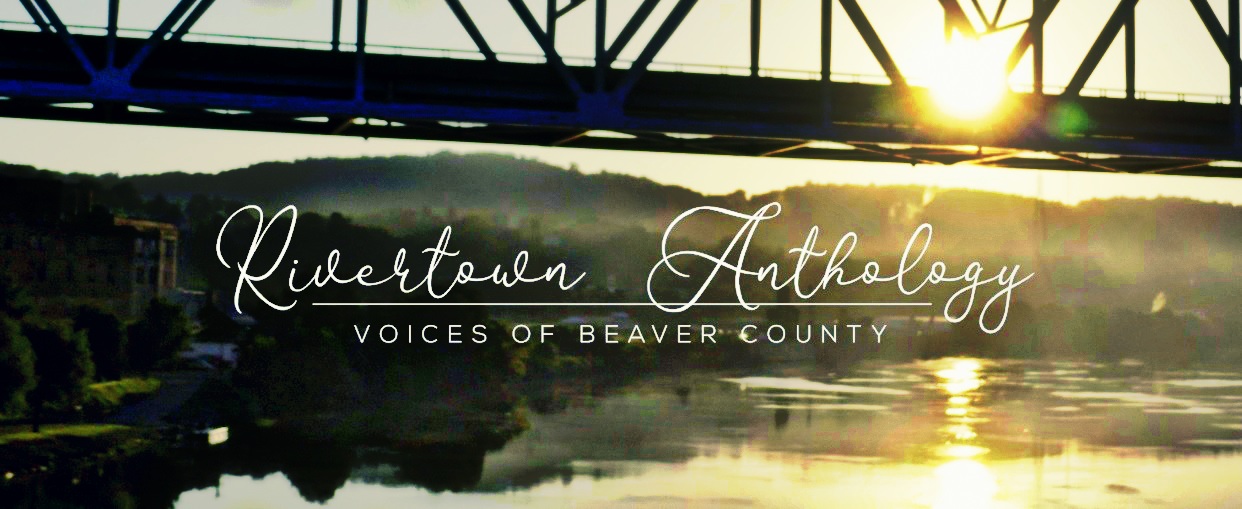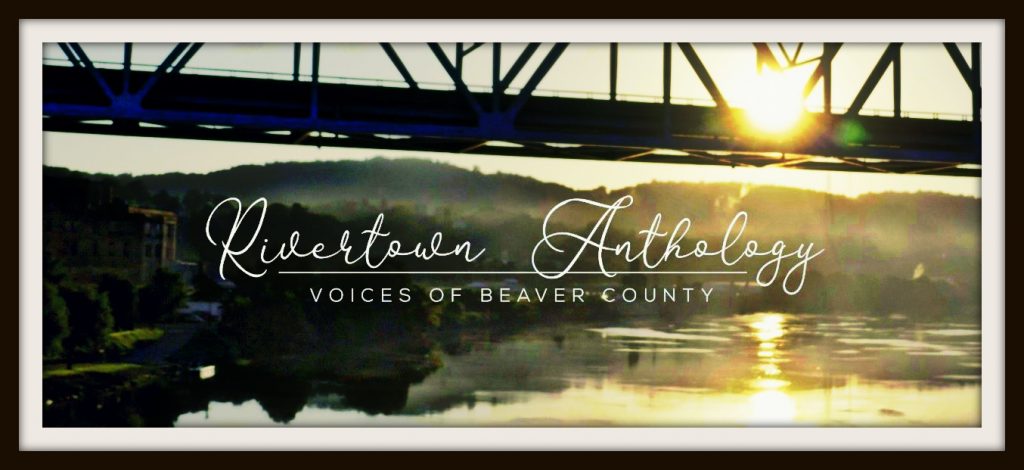Filmmaker Chris Padgett recognizes the value of community-based storytelling. His recently released video trailer for Rivertown Anthology: Voices of Beaver County is just the beginning of what promises to be a highly creative and deeply thoughtful ongoing film series about “the people and their stories” in Beaver County, Pennsylvania.
Padgett’s work falls in line with an exciting contemporary movement of human-centered, social-minded, grassroots digital media storytelling projects gathering mass appeal in recent decades, swept along by the innovative forms of documentary filmmaking that afford personal narratives and subjective experience full historical consideration.
These new projects are poetic and expressive, foregrounding the emotionality and rhetoric of complicated subjectivities. These elements combine to forge compelling, heartfelt, and empathetic new ways of sharing experience.
The movement is called digital storytelling, and it is forcing public historians to rethink and revise their traditional practices of doing oral history.
Digital storytelling is very different from the usual ways historians have captured, preserved, and shared people’s first hand experiences—through the interview, a method driven mostly by the social scientific interest in information gathering. Think of the common “talking head” oral history interview set against a sterile backdrop. One camera. Bad lighting and sound. “Research subject” looking past the viewer toward some disembodied interviewer. Clinical.
STORYTELLING IS HISTORY
Indeed, most oral history interviews do appear clinical, nothing more than unexciting catalogs of facts with as much appeal as corporate training films. Informational? Yes. Interesting? No. Media metrics from our own oral history archive show that audience engagement and interest in traditional interviews is usually very low. And that’s a problem, because a story not heard (or watched) is a story not told.
Public historians, those charged with the challenges of educating, entertaining, and inspiring the public around such things as oral history interviews, have begun to take note of what digital storytellers like Chris Padgett are able to achieve by refocusing the form and shape of oral histories. One goal, of course, is to to improve the “sharing” experience with the public.
Adding creativity to our oral histories is how we must tell such stories in the age of the internet, mobile phones, YouTube, and podcasting. Digital storytelling is an innovative genre and medium in which personal narratives find new forms of expression through new forms of technology and storytelling techniques. The ancient art of storytelling is transfigured through added production values, such as overlaid storylines, sophisticated sound and visual editing, musical scoring, and other special effects.
No longer transparent—and not meant to be—digital storytellers elevate form as central to meaning. As noted communications theorist Marshall McLuhan said, the medium is the message. Ken Burn’s Civil War documentary is one of the earliest examples of highly creative and emotionally charged storytelling shaped by its own medium. Yann Arthus-Bertrand’s exceptionally powerful film work, Human, is another example of storytelling specifically crafted through the camera lens, thrusting first-person perspectives toward the audience with the aid of the “interrotron” technique.
Dave Isay’s creative audio storytelling with StoryCorps builds upon the pioneering radio narrative work of NPR and BBC, leveraging the intimate sound of conversational voices to create an inviting experience for audiences, drawing people near and into the stories with the light assist of music. Creative audio storytelling and podcasting are now interacting as shows such as This American Life and RadioLabs continue to push the boundaries of audible story.
And The Social Voice Project’s own creative digital storytelling fits among these examples. As early as 2013, our creative audio short stories adapted from traditional interviews in our veterans oral history archive have been recognized by Donald Ritchie, Historian Emeritus of the United States Senate, as a significant example of a new genre of public-minded oral history storytelling (see Chapter 8, “Presenting Oral History” in Doing Oral History 3rd Ed.).
At its best, creative digital storytelling directs our eyes, ears, and heart toward what is universal about experience; it can be entertaining, inspiring, and imaginative—all influences upon our awareness, understanding, and appreciation of our shared human experiences. In that regard, a stories of personal struggle in Beaver County as told through the community-focused lens of Chris Padgett share common ground with stories about war refugees told through the internationally focused lens of Arthus-Bertrand.
STORYTELLING IS SOCIAL WORK
Inasmuch as all politics is local, everyone’s story is personal. It all builds outwards from there. But personal stories are lacking unless they are contextualized within social life: our communities. In Digital Storytelling: Capturing Lives, Creating Communities, Joe Lambert recognizes the need for modern storytellers to include and engage communities in storytelling. This is necessary social work, he contends, we don’t exist apart from our communities.
Chris Padgett’s storytelling project is predicated on community; nearly every scene places his subjects there–on the street, at work, with friends. That’s where they live, and that’s where Padgett’s camera goes to capture, record, and share their stories. This kind of active storytelling is not clinical. It is exciting and interesting, providing context, depth, and an authentic sense of place.
ORAL HISTORY IN THE AGE OF DIGITAL STORYTELLING
But let’s always remember that digital storytelling–in fact, all storytelling–is also significantly influenced by the medium and maker who’s guiding hand touches nearly every frame of the story. As public historians, we should be mindful of such influence and weigh it against artistic license and authenticity. As Martin Scorsese reminds us, film is always “a matter of what’s in the frame and what’s out.”
The task for public historians who want to bring oral history into the age of digital storytelling is to be mindful of editorial influence, aesthetic saturation, and the marginal limits between fact and fiction.
CHECK OUT THESE EXAMPLES OF DIGITAL STORYTELLING
Lucky Man | Fran Rifugiato
On this episode of Argot: Audio Short Stories from the Veteran Voices of Pittsburgh Oral History Collection, WWII veteran Francis Rifugiato of Pittsburgh shares a story about the death of his army buddy Charlie and his own fortunate life, as originally told in May 2012 to the Veteran Voices of Pittsburgh Oral History Initiative in Pittsburgh, Pennsylvania.
PUBLIC HISTORY MATTERS
At The Social Voice Project, we celebrate history and people through our community oral history projects that give us a chance to look, listen, and record the voices and stories of our time. We encourage all local historical societies and museums to capture, preserve, and share their communities’ lived experiences, memories, customs, and values. Future generations are depending on it.
Contact TSVP to learn more about our commitment to public history and community oral history projects.

